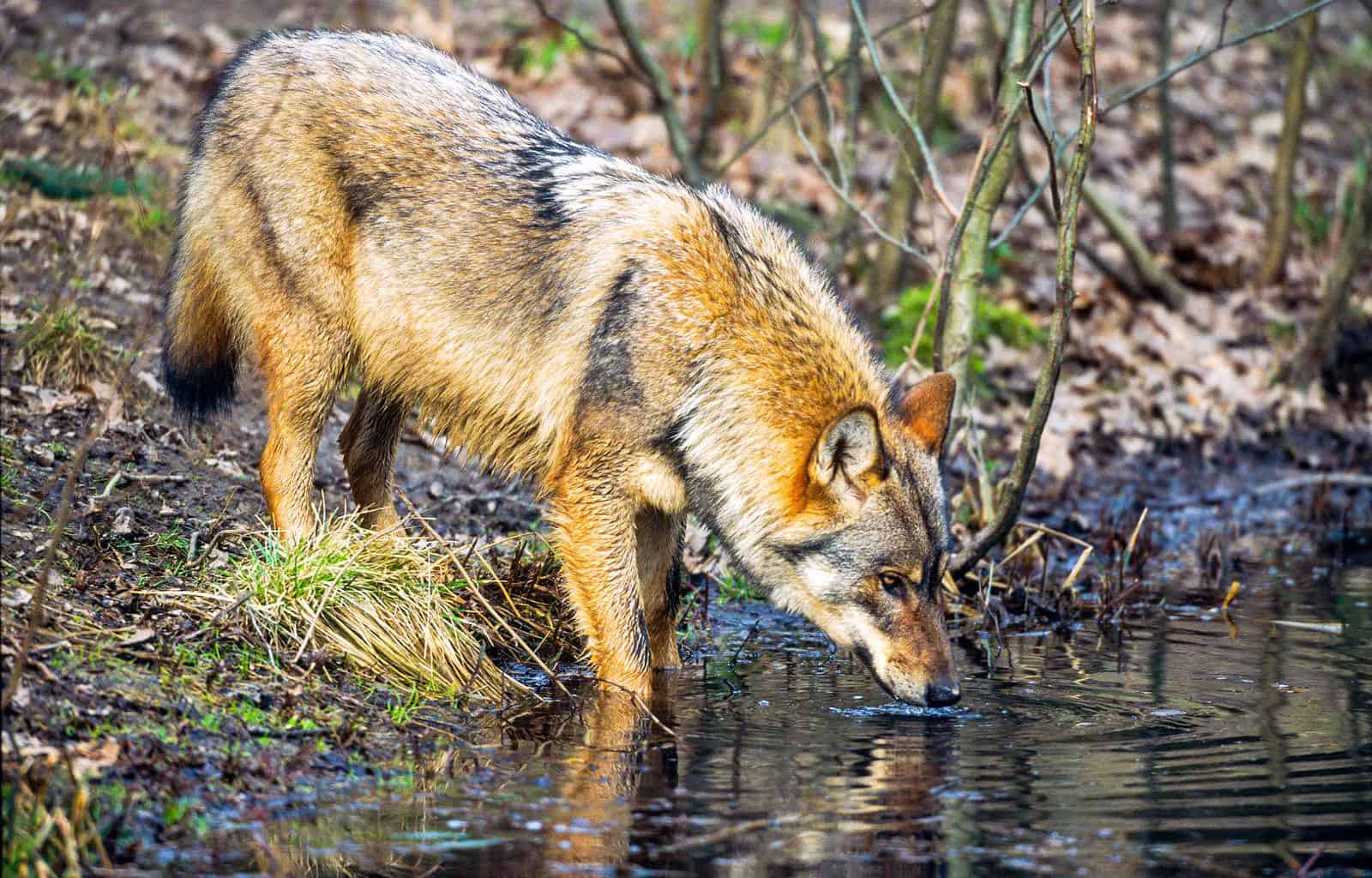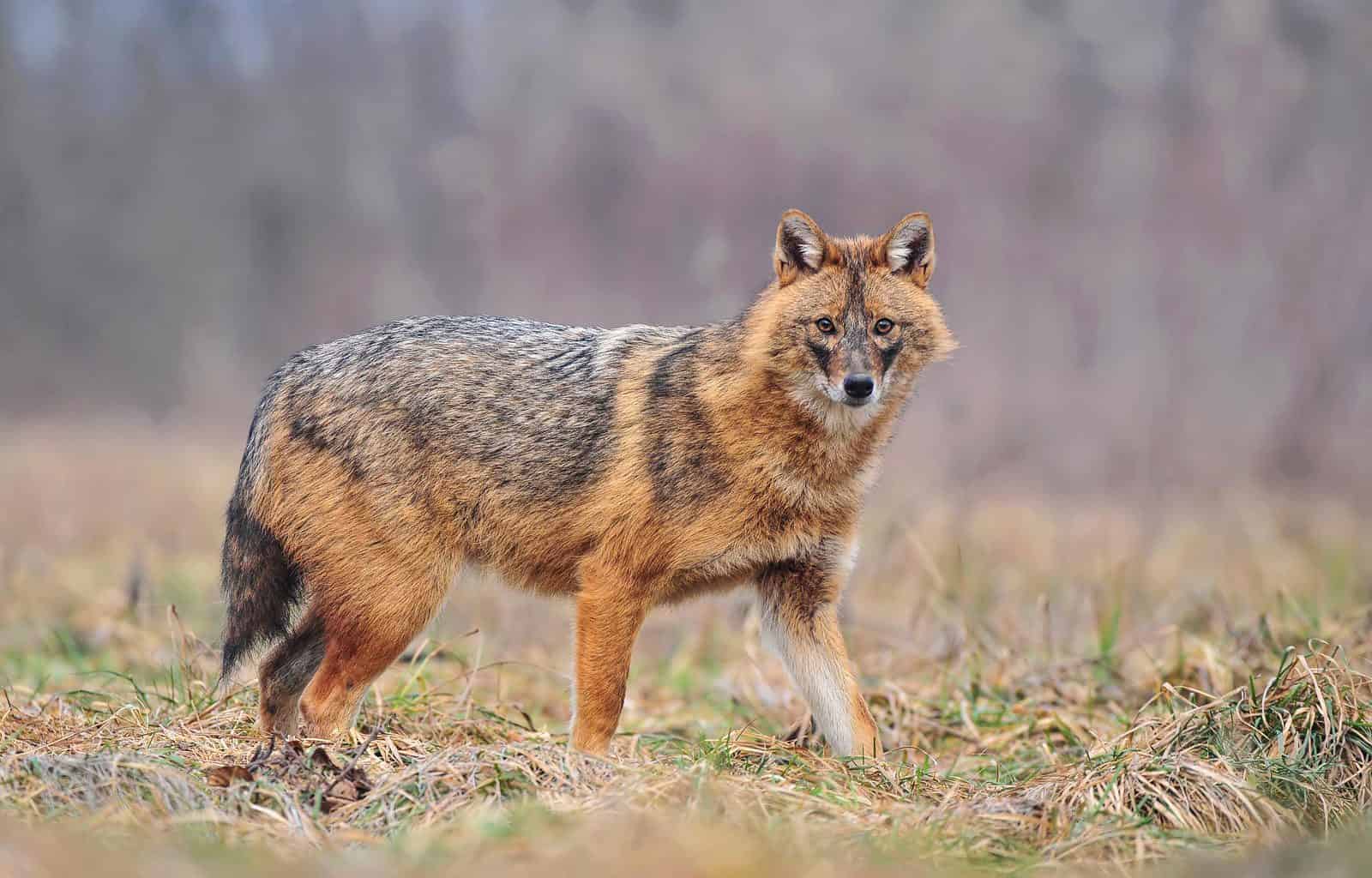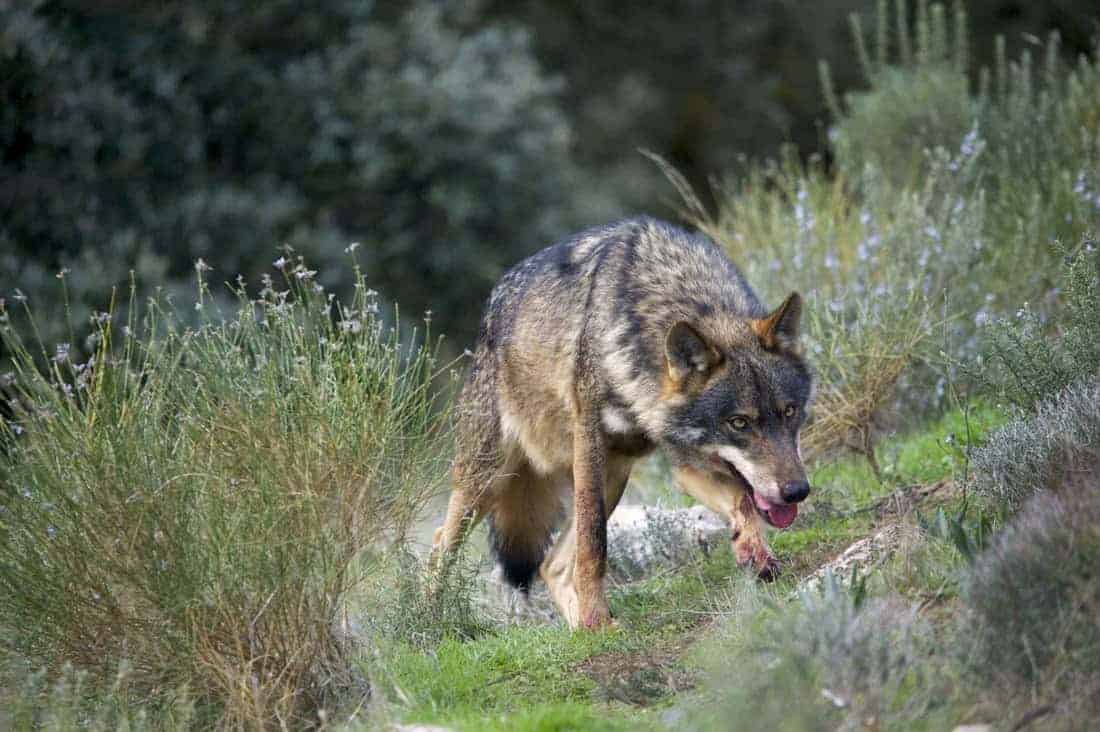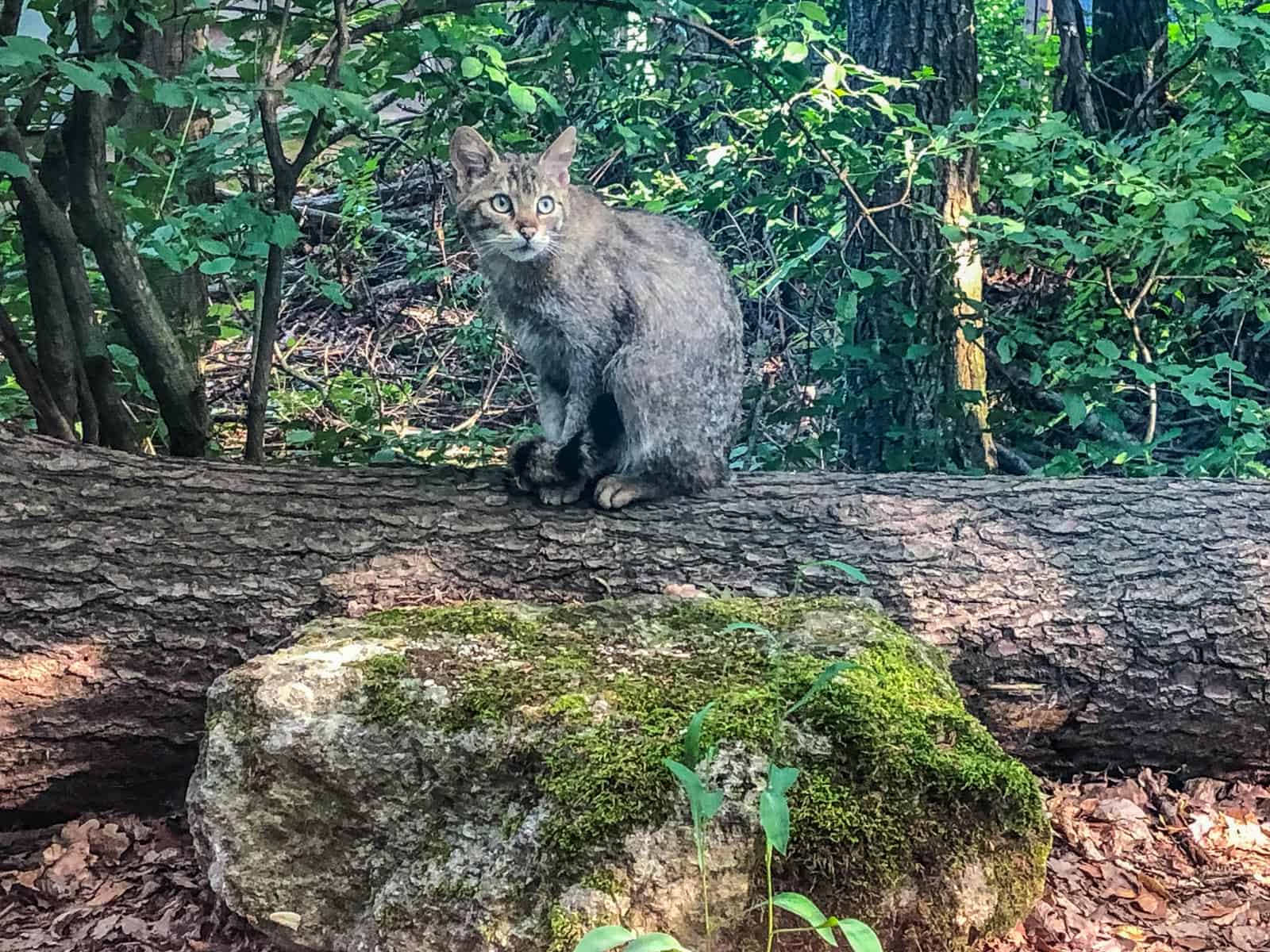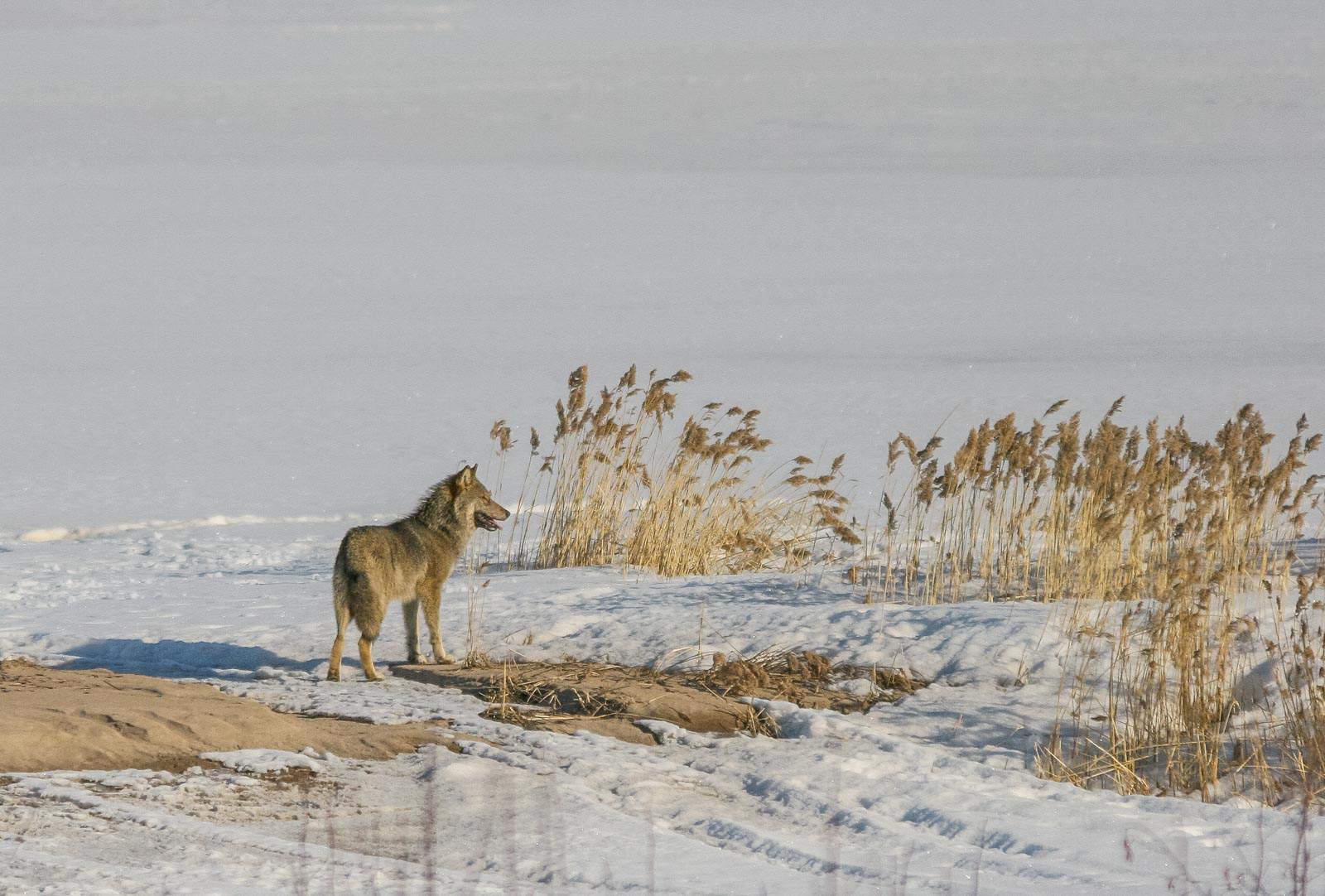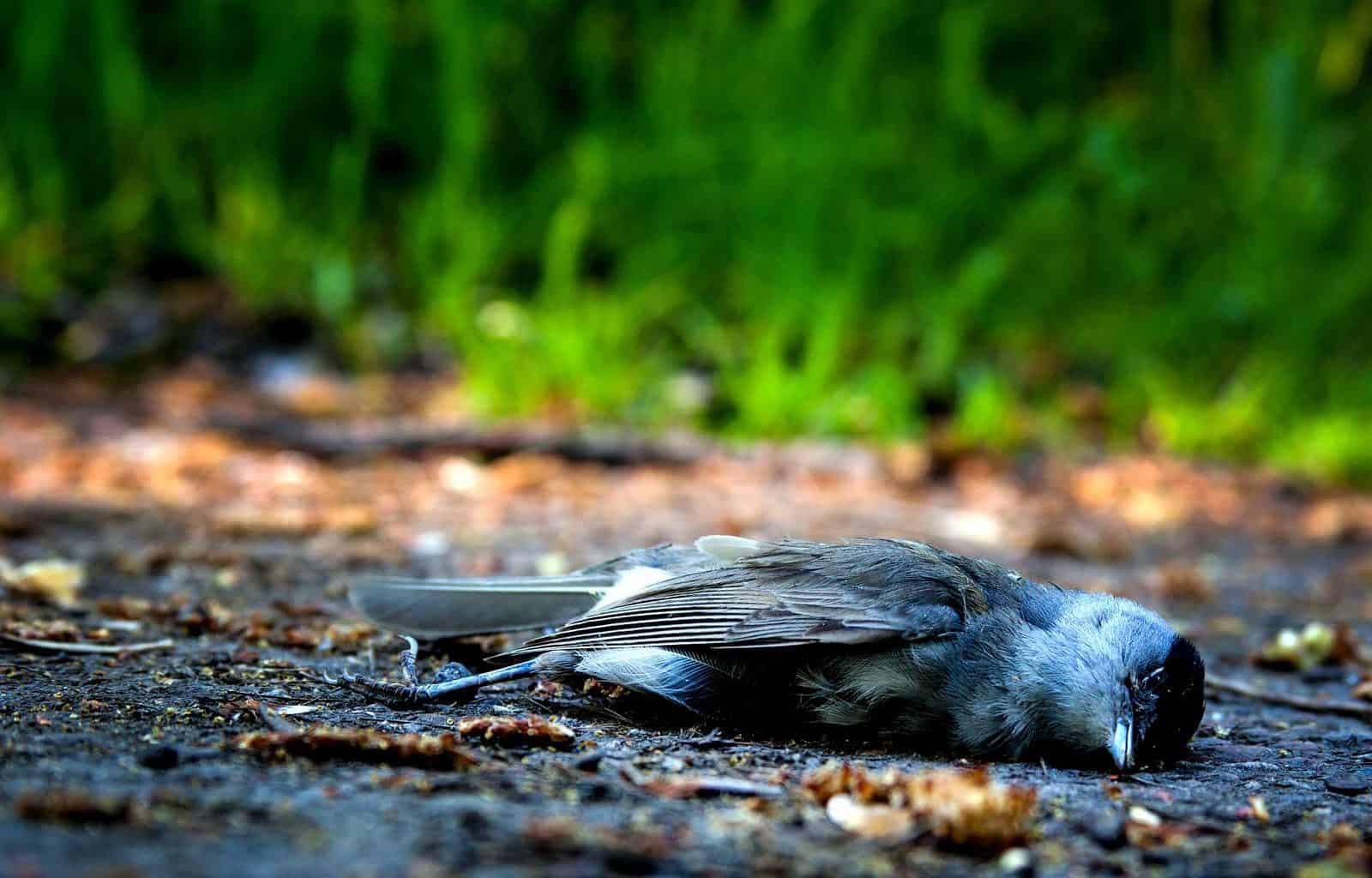Wildlife in the postmodern era
In our Western culture, we interpret the entry of wildlife into “human territories” as a conflict. While we tend to regard the “damaging” animals as criminals worthy of punishment, indigenous tribes in other parts of the world welcome this behaviour. The motive of animals to share food with man is understood there as a manifestation of humanity.
Please read Wolf-Free Zones Will Not Work, Here’s Why
Social construction of the reality
According to the famous theory of social construction of the reality written by sociologists Thomas Luckmann and Peter Berger, man is born into a world of artificially created institutions which are the only ones he considers to be objective and natural. Already the taxonomical categorization of plants and animals into orders and classes reflects the need for control and dominance. Man stands apart from natural processes, and the impenetrable barrier deepens between the realm of nature and culture. In this division nature is passive. It embodies irrationality, instinctiveness and therefore primitivity.
You stay there, I stay here
In this mindset, wild animals simply belong to the forest. If they violate the rules set by man and wander into “human territories”, their punishment becomes legitimate. We percieve them connected to our expectations, let it be utility or fear. Moreover, animals are an easy subject of the media since they cannot protest against how they are represented. They can be inserted into any story as a positive or negative hero.
Ecology in the context of economic interests
Living in the anthropocene, when almost all land is somehow affected by human activity, the unplanned return of wolves seems like a hazard. Wildlife in human territories therefore becomes a conflict. The wolf is a symbol of the survival and continuity of true, authentic nature that has escaped the desire of humans to tame and transform it into something artificial. Perhaps because of the fear of changing the portrailal of the evil beast, reports of damage and danger caused by wolves appear instantly in the media. On the other hand, financial losses caused by foxes or dogs remain unspoken.

In comparison, the comeback of wild horses to the pastures of Milovice, Czeck Republic is broadcasted as a completely positive, true success story. It is also considered an extraordinary achievement of scientists and conservationists. Unfortunately, more important than biodiversity conservation itself was the success of a human-controlled project based on scientific methods and planning. And although the general public loves the wild horses, media clearly communicates the inpossibility of horses and man to live together. The wild horses are kept behind a fence with lookout towers built for visitors.
The will to accept
This concept is outdated and unsustainable in the long run. It doesn’t offer a solution to how to cope with the current problems of overpopulation and the globalized world. We should actively work on overcoming the imaginary boundary between animal and man. Only this will enable society to view nature as a place where all organisms can live together.

